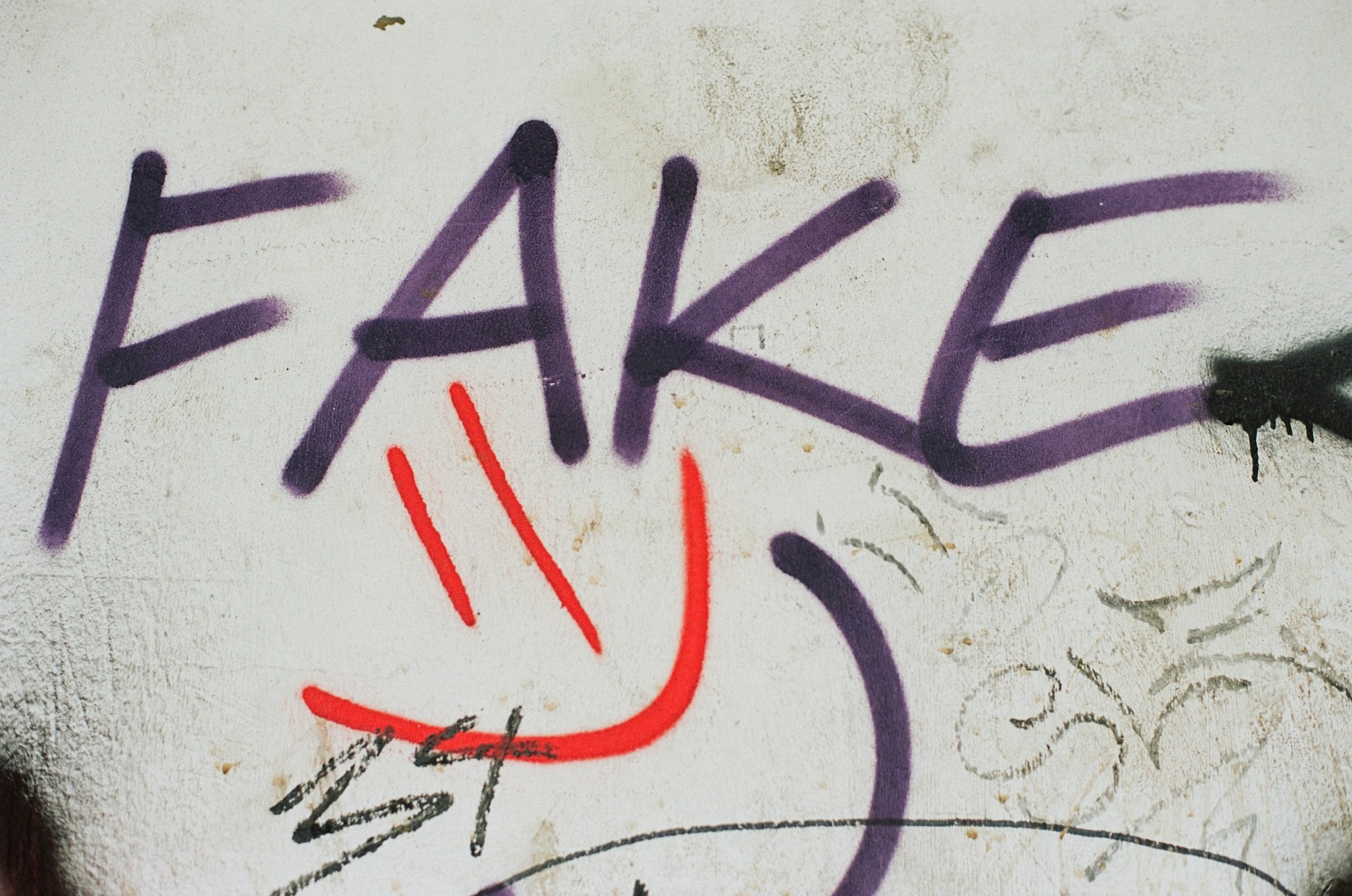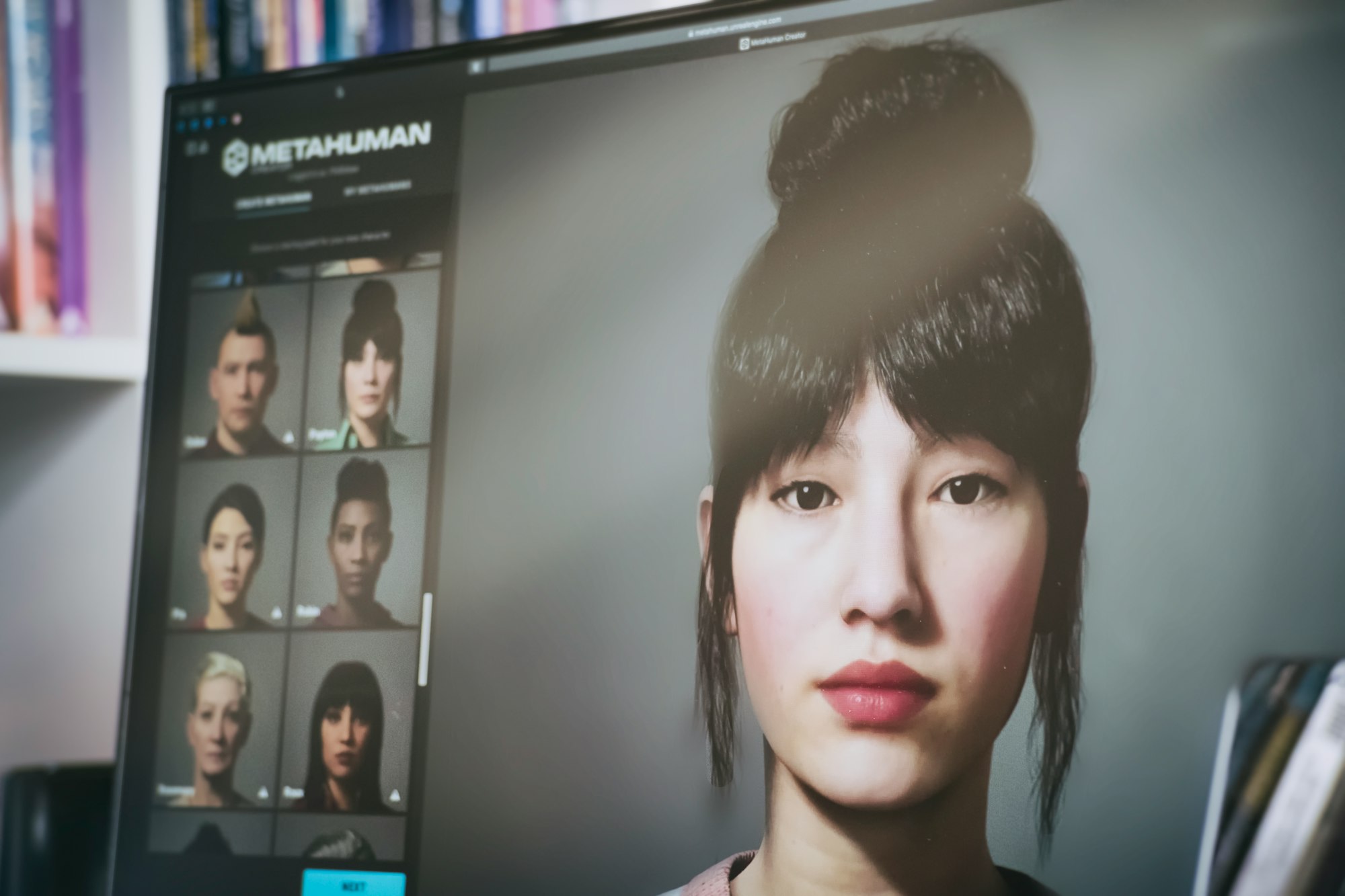The Deepfake Dilemma: Navigating the Age of AI-Generated Deception

The digital age has ushered in an era of unprecedented connectivity and information access. However, this progress has also paved the way for sophisticated forms of deception, most notably the rise of deepfakes. These hyper-realistic synthetic media, generated using advanced Artificial Intelligence (AI) techniques, have moved from the realm of science fiction into a tangible cybersecurity and societal challenge. Defined as manipulated or synthetic audio or visual media that appear authentic and depict individuals saying or doing things they never have, deepfakes raise substantial concerns about their potential for misuse.
The term "deepfake" itself emerged in 2017 within online communities, initially describing manipulated videos, often of a pornographic nature, where the faces of celebrities were swapped onto other individuals' bodies. This early manifestation foreshadowed the broader potential of the underlying technology to create convincing forgeries across various media types, including images, audio, and text. As AI and machine learning, particularly deep learning, have advanced, so too has the sophistication and accessibility of deepfake creation tools.

The Technical Underpinnings of AI Illusion
At their core, deepfakes leverage the power of deep learning algorithms to analyze and synthesize digital content. Techniques like Generative Adversarial Networks (GANs) and autoencoders enable the creation of highly realistic manipulations by pitting two neural networks against each other – one generating fake content and the other attempting to distinguish it from real content. This iterative process leads to increasingly convincing forgeries, capable of mimicking facial expressions, speech patterns, and even subtle behaviors. Open-source algorithms and dedicated challenges, such as the deepfake detection challenge, have further accelerated the development and understanding of these techniques. The result is a technology that can seamlessly insert individuals into fabricated scenarios, make them appear to speak words they never uttered, and blur the lines between reality and synthetic fabrication.

A Multifaceted Threat Landscape
The implications of increasingly realistic and accessible deepfake technology are far-reaching and pose significant threats across individual, organizational, and societal levels. Some of the most prominent risks include:
- Misinformation and Disinformation: Deepfakes can be potent tools for spreading false narratives and manipulating public opinion. By creating seemingly authentic videos of influential figures making false statements, malicious actors can sow confusion, erode trust in legitimate sources, and even incite social unrest. Experts suggest that deepfakes are a significant element within the broader phenomenon of mis- and disinformation.
- Financial Fraud: The ability to convincingly impersonate individuals through deepfake audio and video opens up new avenues for sophisticated fraud. The recent case in Hong Kong, where a multinational corporation was defrauded of approximately HK$200 million through deepfake video conference calls with fabricated clients, serves as a stark reminder of this threat. Deepfakes can also be used in identity theft, enabling malicious actors to bypass remote identity verification processes.
- Non-Consensual Pornography: A significant portion of deepfakes currently circulating online consists of non-consensual pornography, often targeting women. These manipulated videos can cause severe psychological harm and are used for reputational sabotage and even extortion.
- Reputational Damage and Defamation: Deepfakes can be used to create damaging and false content about individuals, impacting their personal and professional lives. The ease with which such content can be created and disseminated online exacerbates this risk.
- Election Interference: The potential for deepfakes to manipulate political discourse and undermine democratic processes is a major concern. Fabricated videos of candidates making controversial statements or engaging in compromising actions could sway public opinion and destabilize elections.
- Threats to Remote Identity Verification: As remote identity verification becomes increasingly common, deepfakes and face swap attacks present a growing threat. The ability to create realistic synthetic identities can be exploited to bypass security measures and gain unauthorized access to services.
- Enhanced Social Engineering Attacks: Traditional social engineering tactics rely on impersonation and psychological triggers. Deepfakes can amplify the effectiveness of these attacks by creating more realistic pretexts, such as impersonating a CEO in a video call, making it harder for targets to identify deception.

The Race to Detect the Unreal
In response to the growing threat of deepfakes, a multi-faceted effort is underway to develop effective detection and mitigation strategies. Technological solutions are at the forefront of this battle, focusing on identifying the subtle inconsistencies that often betray synthetic media.
AI and machine learning-based detection techniques analyze various aspects of video and audio content for anomalies. This includes examining facial movements, skin textures, eye blinking patterns, and the synchronization between audio and visual elements. Real-time verification capabilities are also being explored, aiming to authenticate identities during live communications. Additionally, researchers are developing forensic techniques to analyze content after its creation, looking for digital artifacts and inconsistencies indicative of manipulation. The challenge, however, lies in the fact that deepfake generation techniques are constantly evolving, leading to a continuous "cat-and-mouse game" between creators and detectors.
Several specific technologies are emerging in the detection landscape. Intel's FakeCatcher employs a unique approach by analyzing subtle "blood flow" signals in video pixels, which are often absent or inconsistent in deepfakes. Other AI-powered tools are being developed to flag suspicious content, creating an "AI fighting AI" scenario. However, it's crucial to acknowledge the limitations of current detection methods, as high-quality deepfakes can be incredibly difficult to discern, and detection algorithms can be evaded through adversarial attacks. Furthermore, biases in facial recognition technology can also hinder the effectiveness of deepfake detection.
Building a Defense: Beyond Detection
While detection is crucial, a comprehensive strategy for mitigating deepfake threats requires a broader approach encompassing prevention, policy, education, and legal frameworks.

Technological prevention strategies aim to limit the creation and dissemination of harmful deepfakes. This includes implementing prompt filters and output filters in AI models to prevent the generation of malicious content. Efforts are also underway to remove harmful content from model training datasets. A significant focus is on establishing content provenance through technologies like watermarking and metadata embedding. Initiatives such as the Coalition for Content Provenance and Authenticity (C2PA) and Project Origin are working to create industry standards for certifying the authenticity of media content. The goal is to make it possible to trace the origin and history of digital media, making it easier to verify its legitimacy.
Policy and regulation play a vital role in establishing guidelines and accountability around deepfakes. Organizations are advised to implement internal policies for deepfake detection, media provenance, and incident response. Governments and regulatory bodies are also grappling with how to address this challenge. The UK's Online Safety Act 2023 requires online services to mitigate risks from harmful content, including certain types of deepfakes. The European Union's proposed AI regulatory framework aims to regulate AI systems, including those used for deepfakes, with labeling requirements. The Digital Services Act (EU) is expected to impose obligations on platforms to implement detection software and establish procedures for labeling and removing deepfakes. Various policy options are being considered, addressing the technology, creation, circulation, target, and audience dimensions of deepfakes. National legislation is also emerging, particularly targeting specific harms like non-consensual deepfake pornography and election interference. Platform regulation and monitoring, along with penalties for non-compliance, are also being considered.

Educational strategies are essential for building public resilience against deepfakes. Organizations should train personnel to recognize red flags and understand reporting mechanisms. Public awareness campaigns are crucial for educating individuals about the risks and characteristics of deepfakes and how to verify information. Developing media literacy skills, including critical thinking and the ability to assess media critically, is paramount. This includes teaching debunking strategies and fostering a culture of skepticism towards online content. Tailored training programs are also needed for specific groups, such as law enforcement and AI developers, to equip them with the necessary knowledge and skills.
Legal frameworks are adapting to address the unique challenges posed by deepfakes. There is a growing consensus on the need for specific laws criminalizing the malicious creation and distribution of deepfakes, particularly for harms like non-consensual pornography and election interference. Existing laws related to defamation, fraud, and privacy (like GDPR) are being examined for their applicability. Efforts are underway to identify and address remaining regulatory gaps. International cooperation and diplomatic actions are being considered to address the use of deepfakes by foreign states. A key challenge for legal frameworks is establishing accountability in a landscape where perpetrators often operate anonymously. Legal systems also need to adapt to address the challenges deepfakes pose to the authenticity of digital evidence in court.
Navigating the Future: A Collaborative Imperative
The rise of deepfakes presents a complex and evolving challenge that demands a comprehensive and collaborative response. No single technological fix or policy measure will be sufficient. Effective mitigation requires a multi-faceted approach that integrates technological advancements, robust policy frameworks, widespread public education, and adaptable legal structures.

It is crucial for all actors in the technology supply chain, from AI developers to online platforms and end-users, to take responsibility in addressing this issue. Continuous learning and adaptation are essential, as deepfake technology will undoubtedly continue to evolve. Empowering individuals with critical thinking skills and media literacy is paramount in fostering a more resilient society capable of discerning synthetic from authentic content. Ultimately, navigating the age of AI-generated deception requires a collective commitment to ethical considerations, responsible innovation, and ongoing vigilance. While the potential for misuse is significant, a proactive and collaborative approach can help to mitigate the risks and harness the potential of synthetic media for beneficial purposes.













